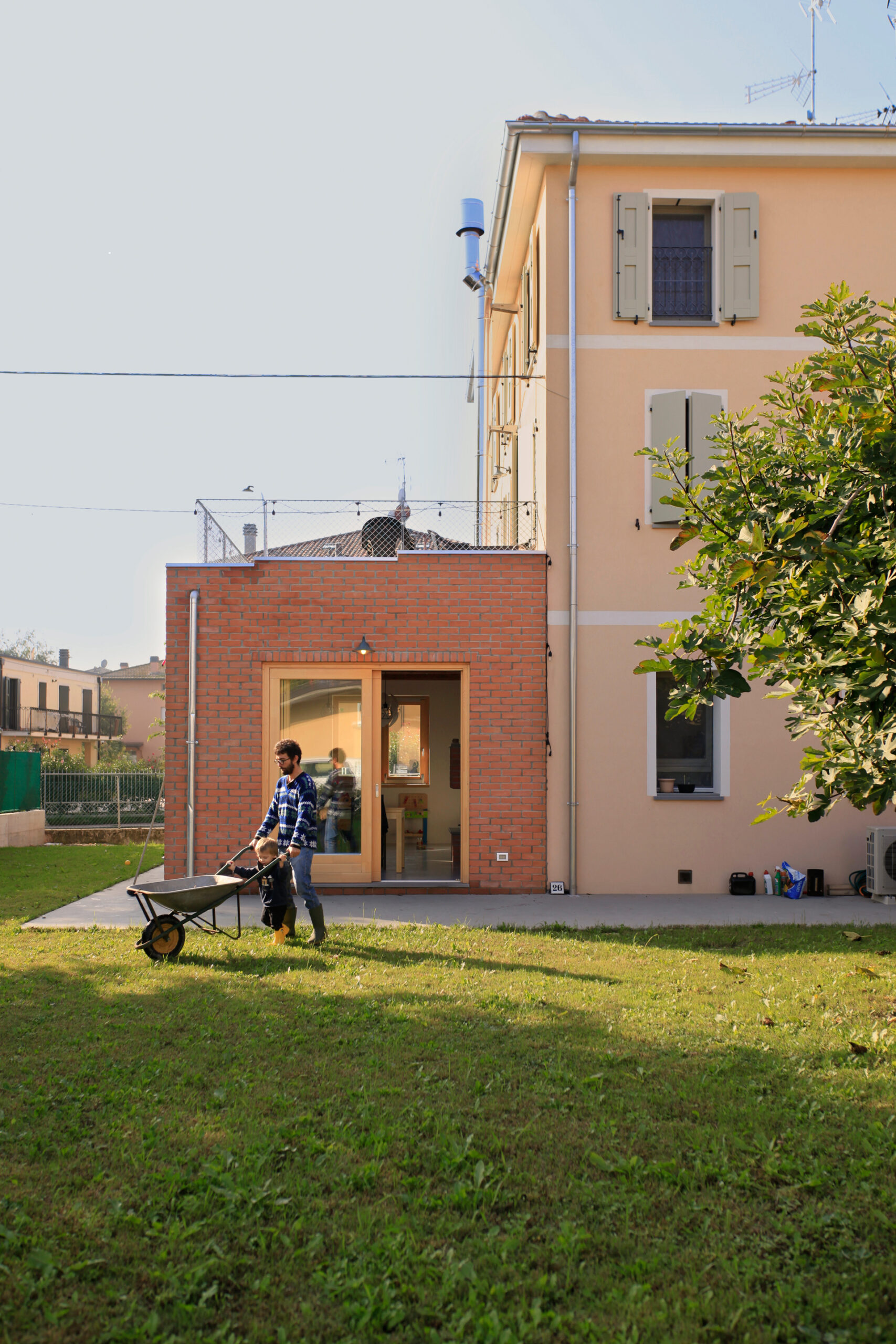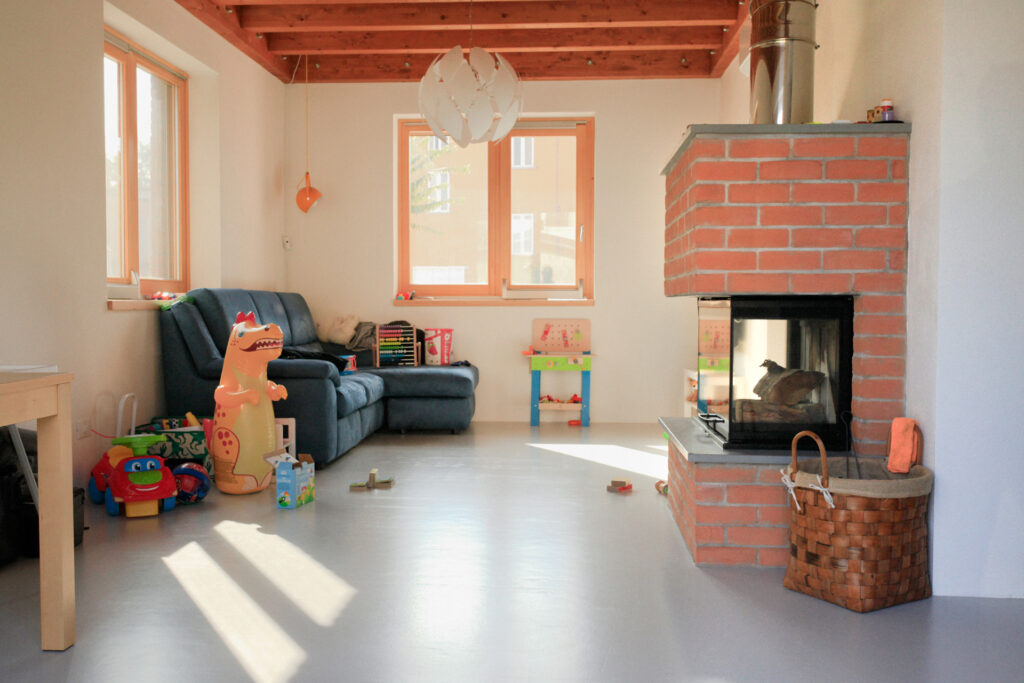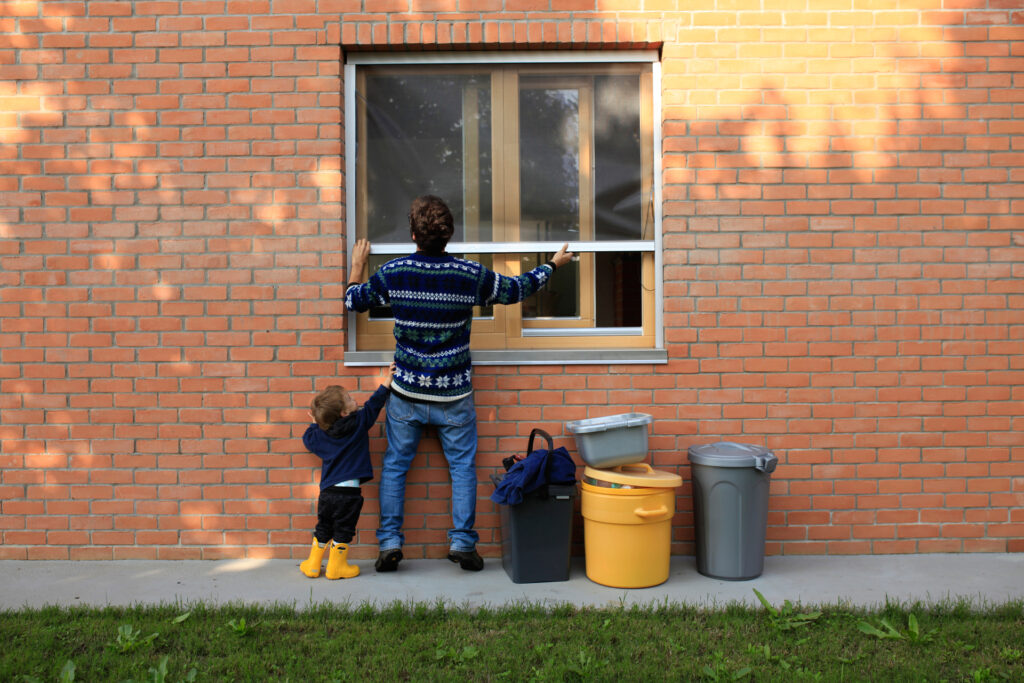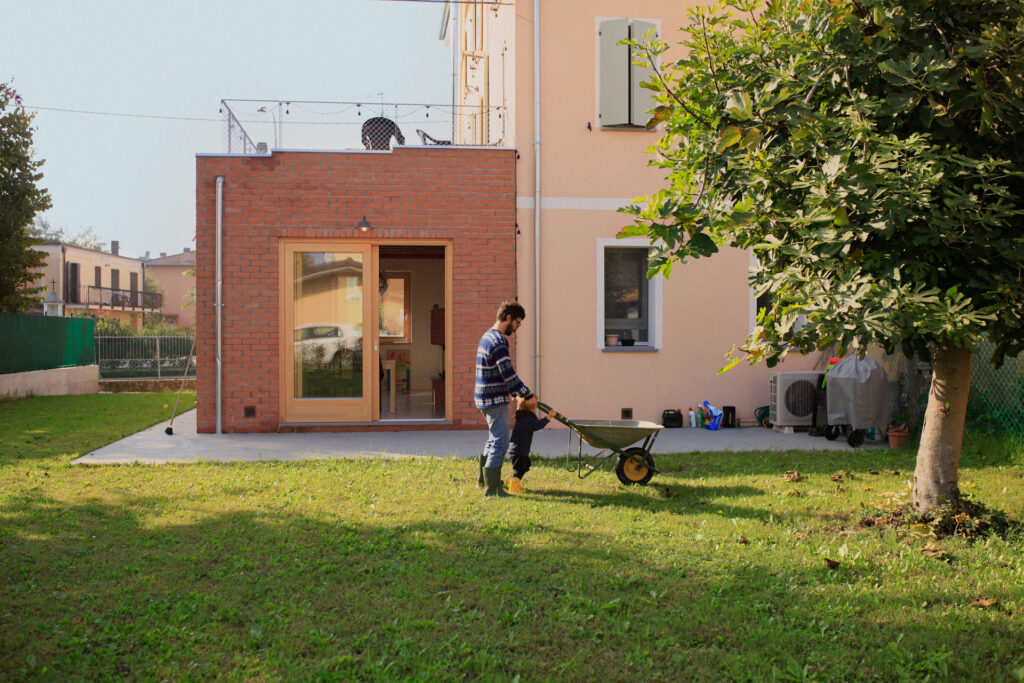
Renovation and extension of a rural family house in San Giovanni in Persiceto, Bologna
Little Brick House is a renovation project on a Persiceto rural house, a typical sample of the of the mid-twentieth century Bolognese countryside house typology. The clients are Ellen, Michele, Tommaso and Nicola, a young family who decided to move away from the historic center of Bologna and build a house to suit them in a quieter area of the city.
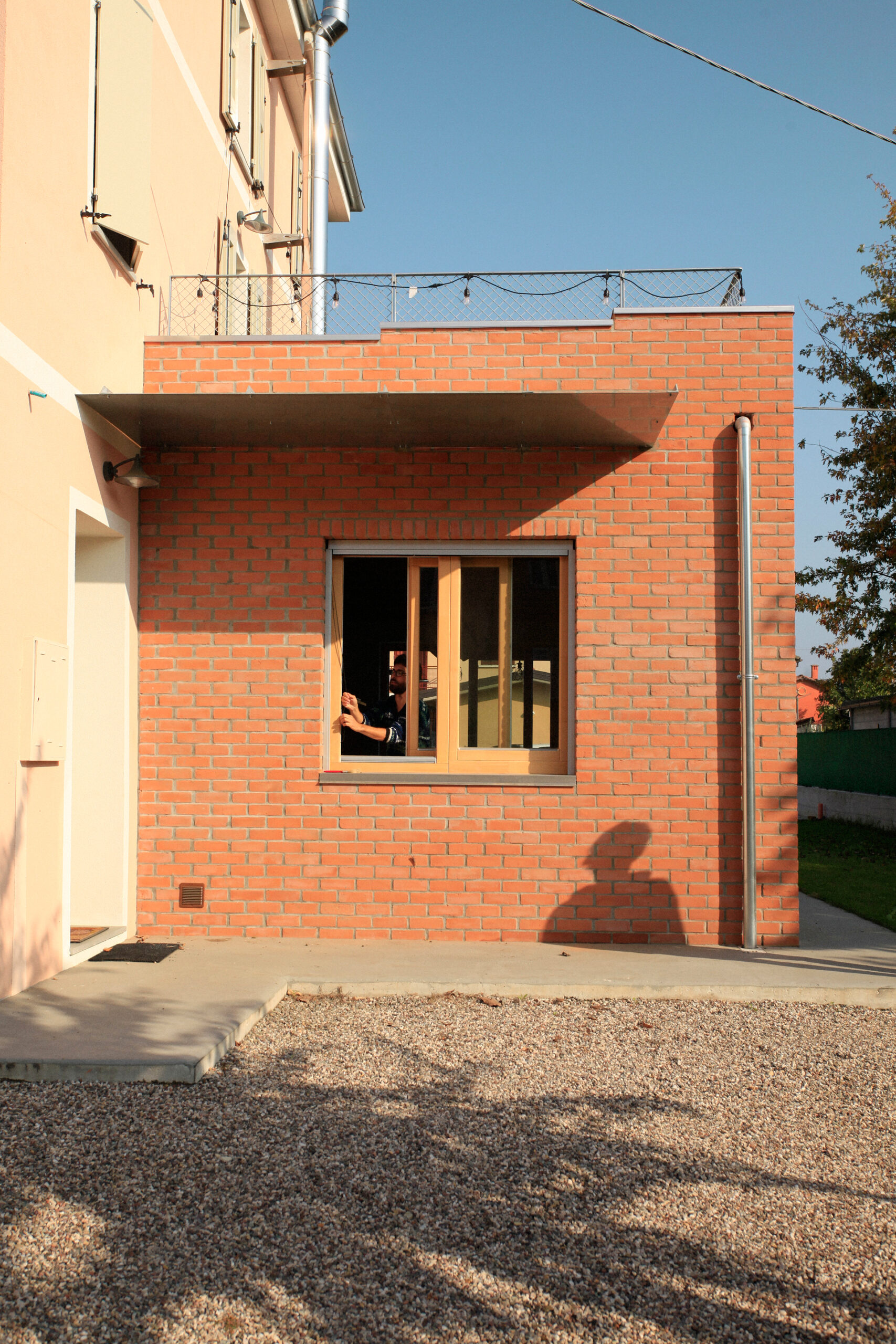
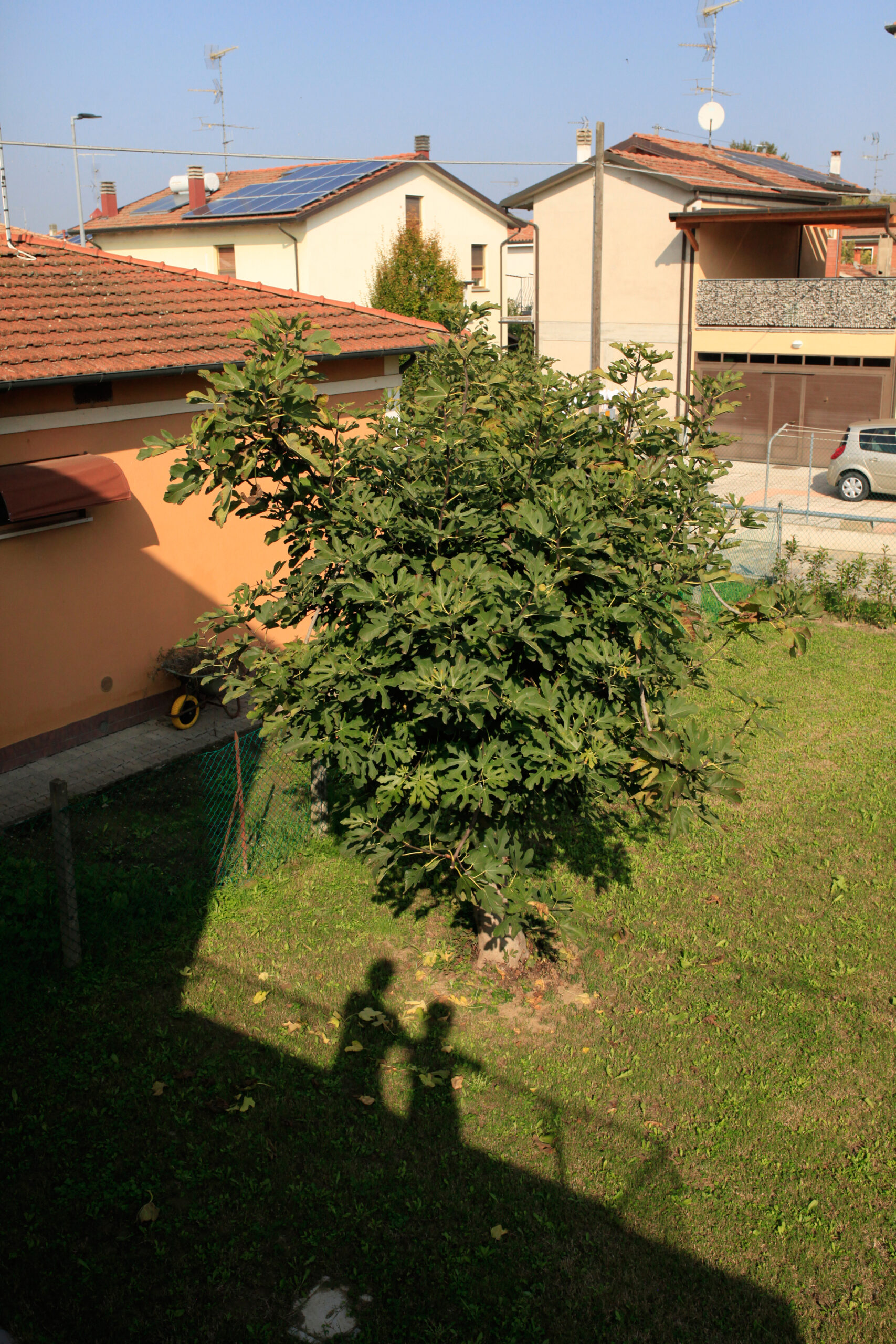
Valorization of the local typological heritage: The house that learns from time and context
If architecture is not used, it inevitably falls into ruin. For this reason, the primary challenge in a renovation is to adapt it to contemporary needs without compromising its essence. Built in 1954, the house features a brick structure, wooden roof, central staircase, three floors, and two rooms per floor—a simple, austere, and very typical typology for the region. The first necessary intervention involved structurally consolidating the building, with only minimal modifications to the spatial layout.
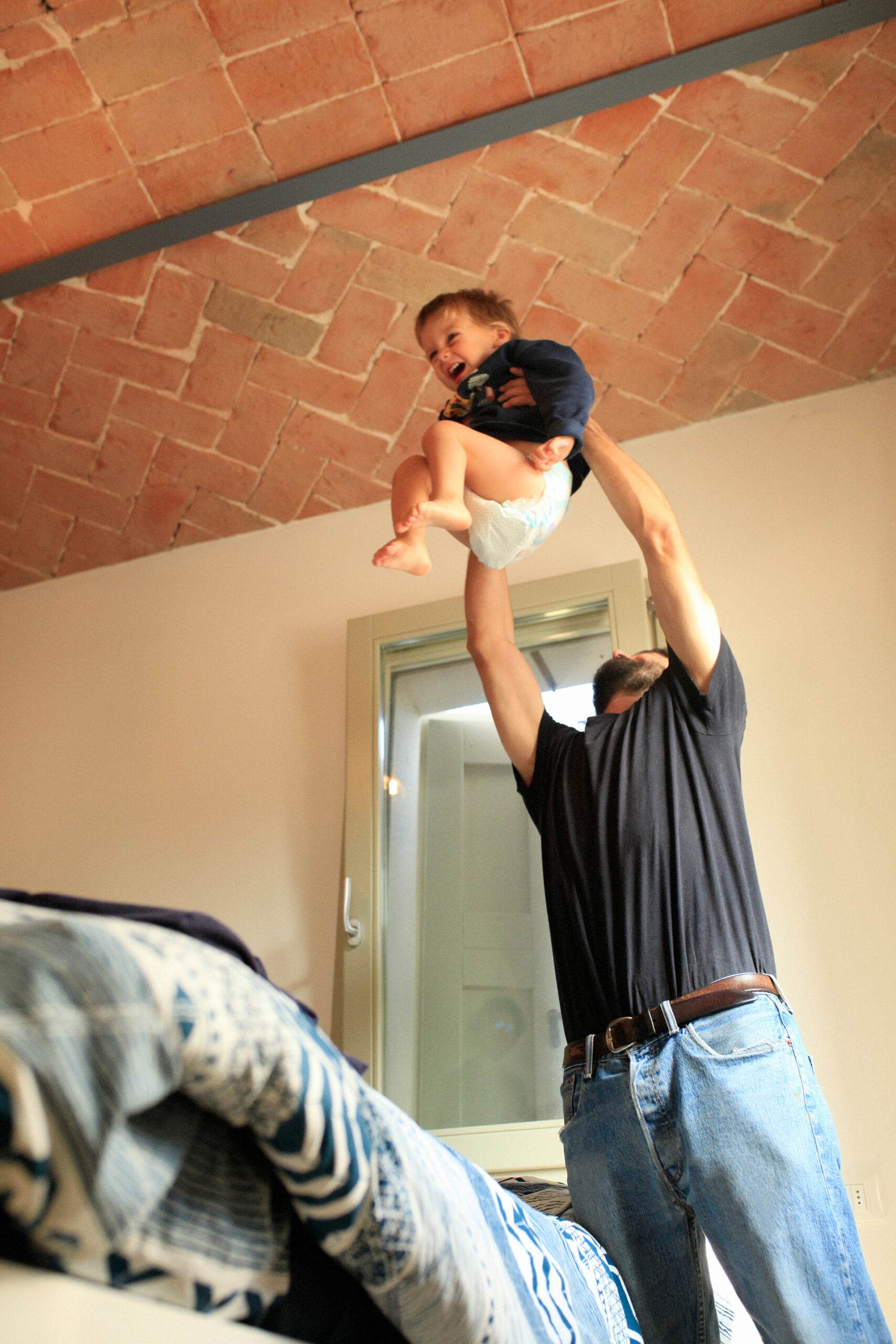
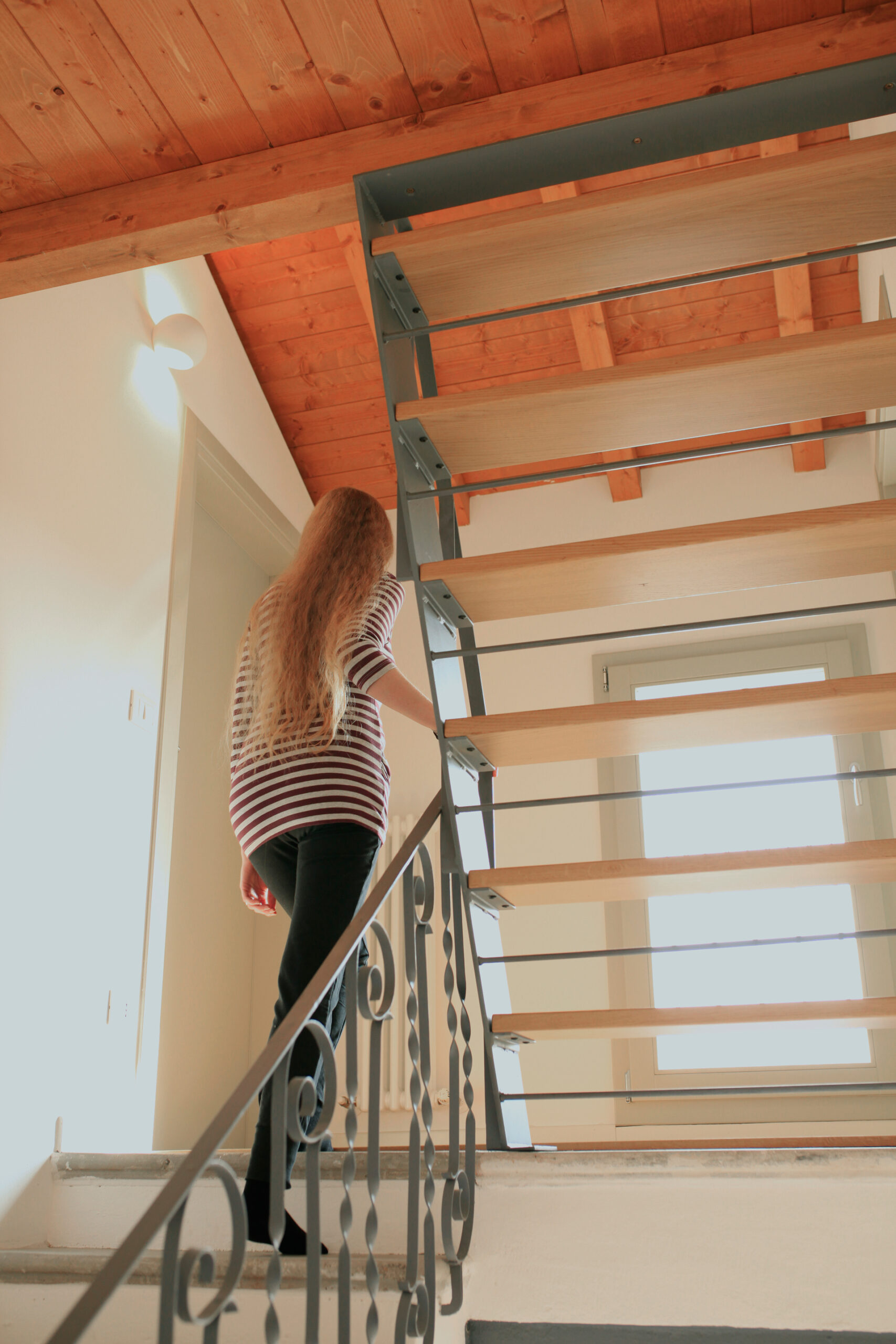
The needs of a modern family differ significantly from those of a family nearly 70 years ago. The way people live in a house has changed dramatically. We determined that the house required an extension on the ground floor—a newly built addition with entirely different characteristics—to accommodate the functions absent in the original structure.
The clients desired a large, open space on the ground floor, merging the kitchen and living room into a single area where daily life could unfold. This design allows for visual continuity with the garden, enabling the children to play and explore freely while remaining within view.
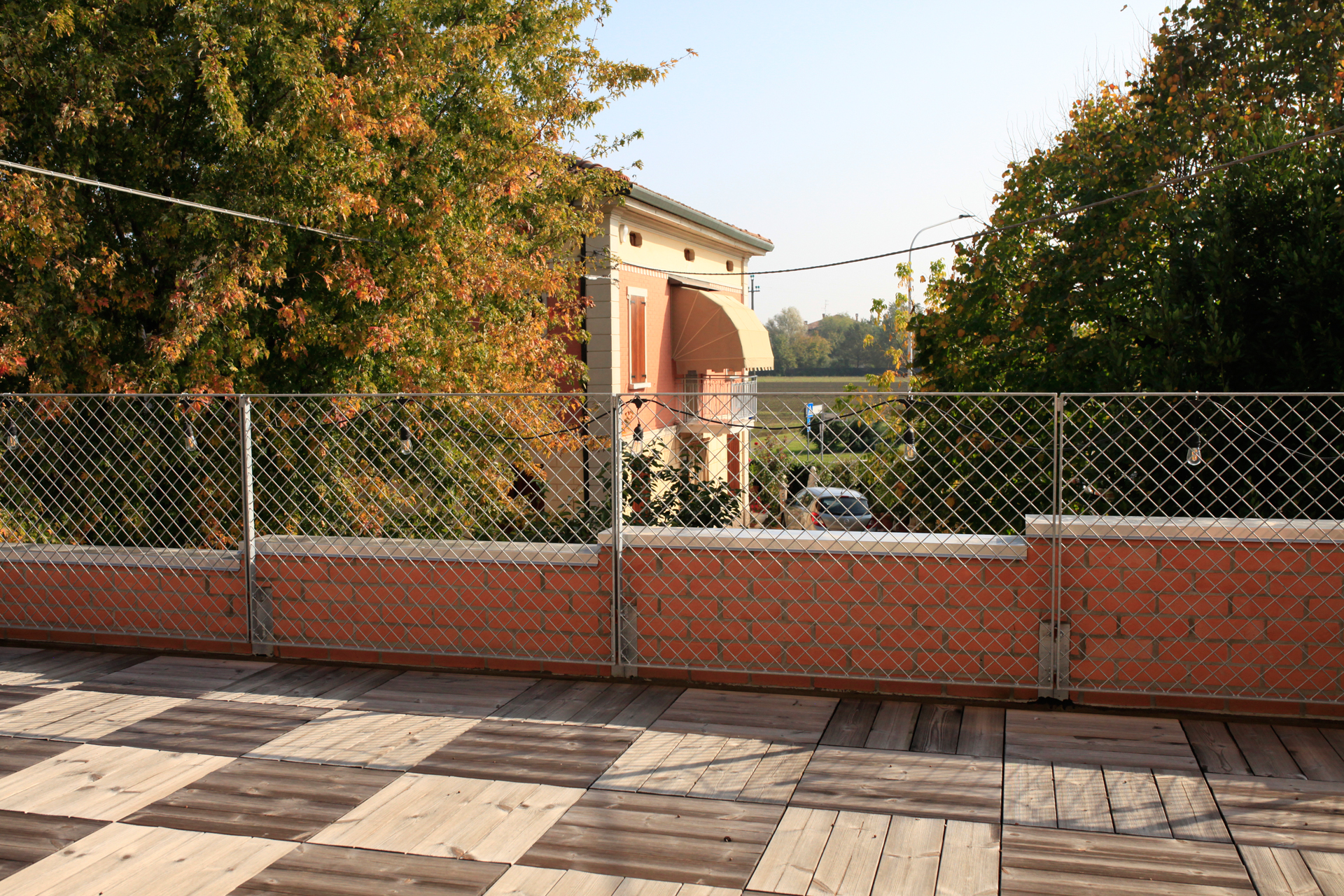
Adapting spaces to contemporary living: The house that learns from its inhabitants
Ellen is Swedish, and Michele is Italian, each bringing a distinct cultural approach to living that needed to be reflected in their new home. While Michele felt represented by the traditional local house, the newly built extension provided an opportunity to incorporate elements typical of Swedish architectural culture. These include large windows with natural pine joinery, where it is customary to place a table lamp on the windowsill during evening hours, and the use of exposed brick as an exterior finish.
This interplay of duality not only harmonized their cultural influences but also helped distinguish the new construction from the pre-existing structure.
Energy and technological adaptation: The house that learns from the climatic emergency
When undertaking a renovation or building project, renewing our commitment to the environment becomes inevitable; every decision carries either a positive or negative impact. A 70-year-old building inherently requires adaptation, and we chose to approach this with a radical mindset.
The goal was to align the house as closely as possible with passive house standards, enhancing the thermal inertia of the structure, maximizing the efficiency of the systems, and prioritizing the use of natural materials sourced and crafted by local producers wherever possible.

